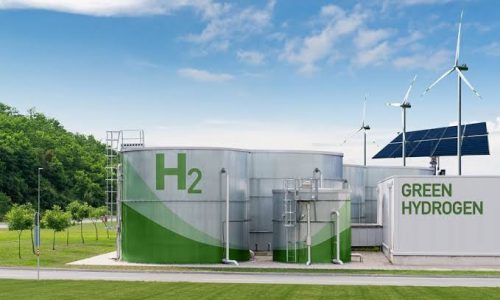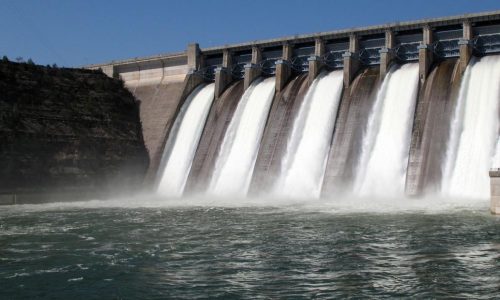PT Segar Kumala Indonesia Tbk (BUAH) allocated its Capex for 2022 worth IDR19.4 billion which originated from recent initial public offering (IPO) funds. The Capex is for the construction of three new cold storage facilities.
Segar Kumala was established in 2017, focusing fruit business and other plantation or farm animal products. The company went public on August 9, 2022. Currently, it has nine cold storage facilities for distribution, located at Jakarta, Makassar (South Sulawesi), Balikpapan (East Kalimantan), Medan (North Sumatra), Denpasar (Bali), Yogyakarta, Ambon (Maluku), Surabaya (East Java) dan Manado (North Sulawesi). The company gets its supply from overseas including Asia, America, Europe and the Middle East with good quality.
40% turnover goal
Segar Kemala allocated 25% of its 2022 Capex – or equals to IDR77.6 billion – for the construction of new storage facilities.
Director Toni Soegiarto said the construction would need between IDR4 billion and IDR5 billion.
Currently, the company aims its construction of cold storage in the eastern part of Indonesia. One of the facilities is located in Aceh, which was established in June 2022. The other two are established in Kendari (Southeast Sulawesi) in September 2022 and in Palu (Central Sulawesi) in December 2022.
The prospect of eastern part of Indonesia was still developing after the company conducted surveys and careful reviews, Soegiarto said on August 9, 2022, as quoted by Kontan.co.id.
The company will have more cold storage facilities in 12 locations by the end of 2022. The construction of new facilities is aimed to reach the turnover target of 40%. In 2021, the company recorded net sales of IDR1.02 trillion and is now aiming for a higher net sales as a result of the construction of new facilities.
Challenges toward supply and demand
However, according to the Student Executive Board of Padang University (BEMUNP) in West Sumatra, the COVID-19 pandemic had caused an impact on the agriculture sector.
There are at least six impacts in the agriculture sector, according to the paper on the board’s website dated May 1, 2020. They are market and agricultural prices; slowing down and shortages in food supply chain; health condition of farmers; manpower; workers’ safety; and damage to food resources.
The 2017 population census shows that the average age of farmers is almost 58 years. If their deteriorating health condition is not handled properly, it would affect the agriculture sector.









